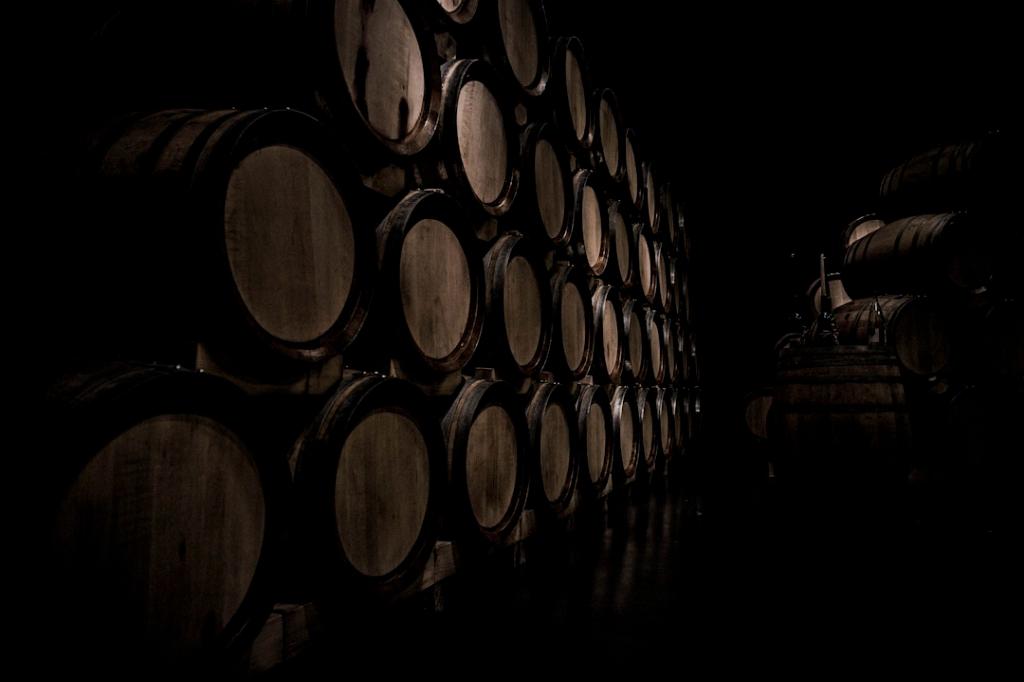Let’s delve into the fascinating history of Whiskey Street in Salt Lake City, a road that holds a captivating past deeply intertwined with the city’s cultural evolution. Before it gained its current name of Main Street in 1906, this vibrant stretch of road was affectionately known as Whiskey Street, a moniker bestowed upon it by none other than Brigham Young himself.
A Quenching Oasis for Gentiles
Whiskey Street served as a haven where gentiles, or non-Mormons, in Salt Lake City could partake in their favorite libations during a time when the predominant Morman faith frowned upon the consumption of alcohol. It offered respite to those seeking to quench their thirst in the midst of a predominantly teetotaling community.
Embraced by Brigham Young
Surprisingly, even Brigham Young, the revered leader of the Latter-day Saints, indulged in the spirits offered by the numerous bars and the liquor store that adorned Whiskey Street. It is said that he himself purchased his preferred libations from the very establishments that justified the street’s name.
A Vibrant Haven for Socializing
Whiskey Street became the epicenter of socialization for both gentiles and locals alike. It buzzed with energy, as people gathered to engage in lively conversations, share stories, and forge new connections. The bars along the street became popular meeting spots, fostering a sense of camaraderie among residents of Salt Lake City.
Growth and Transformation
As Salt Lake City flourished and embraced modernity, the landscape of Whiskey Street began to evolve. The growing influence of the Mormon faith led to a gradual shift away from alcohol consumption, prompting the decision to rename the street to Main Street in 1906. This change symbolized the city’s changing values and its desire to move away from its whiskey-laden past.
A Street etched in History
Despite its transformation, the legacy of Whiskey Street lives on in the annals of Salt Lake City’s history. It serves as a reminder of the cultural diversity and the complex relationship between religion and alcohol during the city’s formative years. Today, Main Street stands as a testament to the city’s progress, but those familiar with its past still hold a sense of nostalgia for the bygone Whiskey Street.
The Architectural Marvels
As you stroll down what was once Whiskey Street, you can’t help but admire the architectural gems that line its sides. Historic buildings, some dating back to the street’s whiskey-soaked days, dot the landscape, showcasing a blend of architectural styles that reflect various points in the city’s evolution. This unique charm adds to the allure of Whiskey Street, capturing the imaginations of residents and visitors alike.
A Hub of Cultural Exchange
Whiskey Street was more than just a place for indulgence; it was a melting pot of cultures and ideas. Cultural exchanges would frequently occur between the Mormon majority and the gentile minority, sparking dialogues that challenged preconceived notions and fostered greater understanding. It was a place where people from different walks of life would come together, breaking down barriers and forging connections that endure to this day.
The Remnants of History
While the name may have changed, fragments of Whiskey Street’s legacy can still be found today. Some bars and establishments that existed during its heyday continue to operate, albeit under different names, keeping alive a semblance of the street’s spirited past. These remnants serve as a testament to Whiskey Street’s enduring influence on the city’s cultural fabric.
Preserving a Storied Past
Efforts to preserve the history of Whiskey Street have gained momentum in recent years. Historical societies and local enthusiasts are committed to ensuring that the tales and memories associated with the street are not forgotten. Through storytelling, exhibits, and guided tours, the spirit of Whiskey Street lives on, allowing future generations to appreciate its significance in the city’s vibrant narrative.

Conclusion
The history of Whiskey Street in Salt Lake City is a testament to the city’s evolution and the intersection of diverse cultures and values. From its origins as a vibrant haven for gentiles to its present-day transformation as Main Street, the street encapsulates the changing nature of Salt Lake City. It stands as a reminder of the city’s colorful past and serves as a focal point for those eager to explore its rich history.
